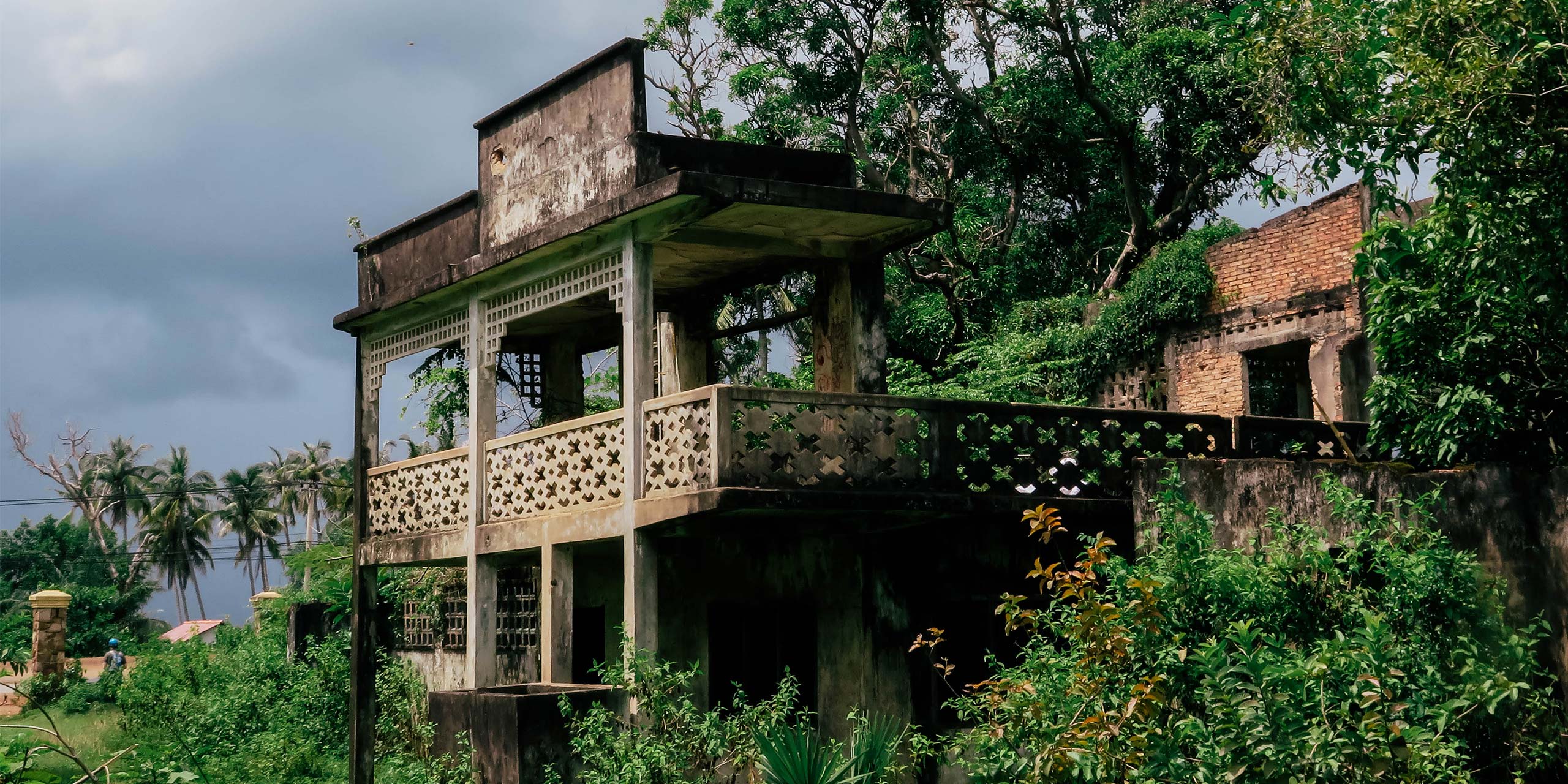
These days, sleepy little Kep in Cambodia is best known for its laid-back vibe and its crab market, which is legendary among foodies. It’s the kind of town where cows and goats graze freely at the sides of the road, but it wasn’t always so somnolescent.
For 30 years, Kep was one of the jewels of French Indochina. International jet setters and celebrities came to sip champagne and eat crab salad at bougie beach restaurants.
Cadillacs and Citroens cruised the beach road, and it was a hive for a unique branch of modern architecture. This reverie came to an end during the brutal Khmer Rouge era in Cambodia, which devastated the town and left its 300 modernist villas to haunt the jungles around it.
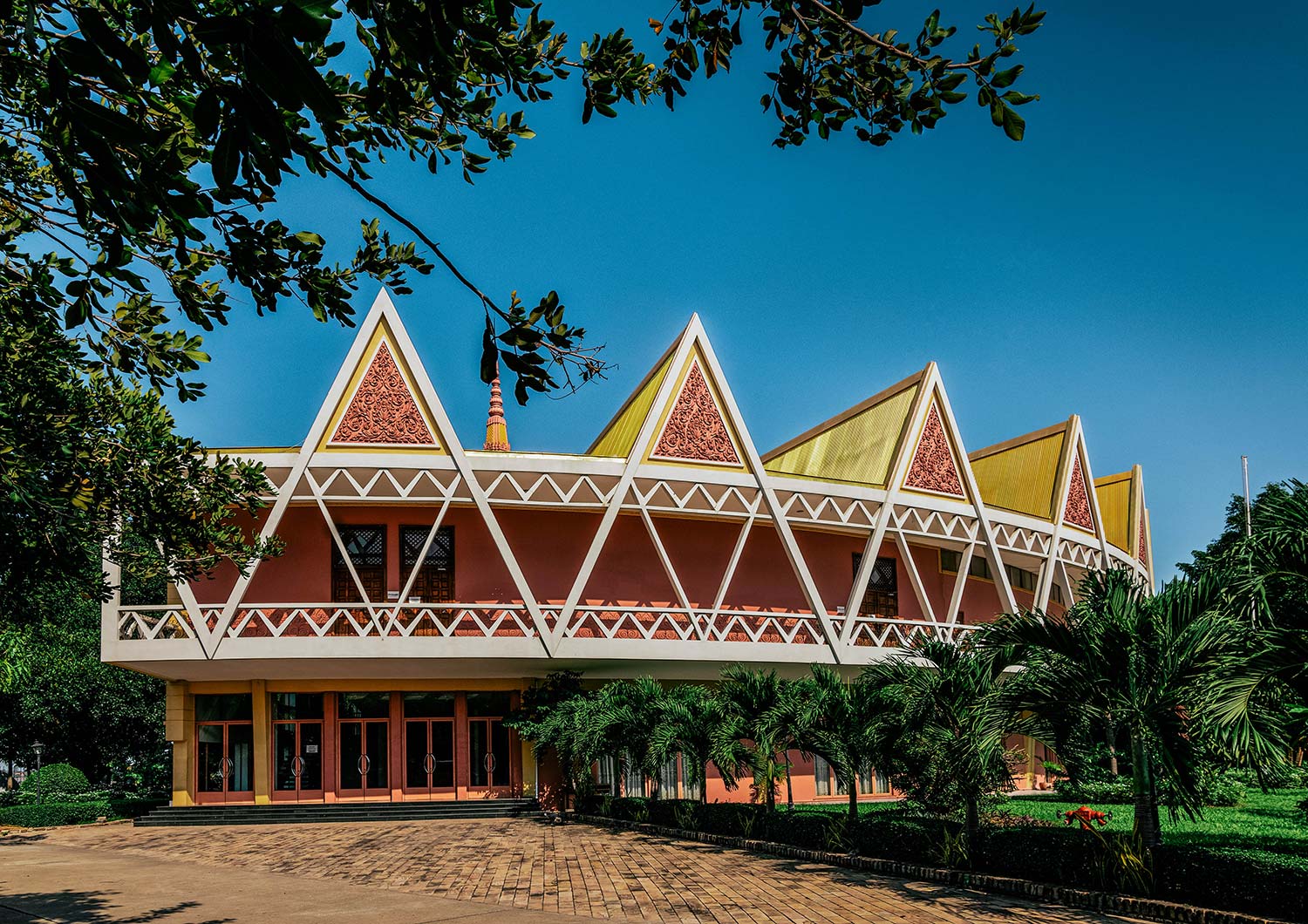
Kep’s legacy as a seaside resort goes back to the beginning of the 20th century with the opening of its first luxury hotel in 1906. Catering mostly to officials and well-to-do French colonialists the hotel was a typical Indo-Asian design with wide colonnaded verandas and smallish, dark rooms. By the late 1940s and early 1950s though the colonial style had fallen out of fashion and the upper class was looking for something new for their beach villas.
Cambodia gained independence from France in 1953 but this didn’t stop the continuation of the lavish construction in Kep. Far from it in fact. It was the golden age of New Khmer Architecture, which was championed personally by King Sihanouk and his favorite architect, Vann Molyvann.
Molyvann was the first Western-educated Cambodian architect. He was born just west of Kep, in Kampot, won scholarships for his drawing skills, and eventually went on to study fine arts and architecture in France where he even studied under Le Corbusier, one of France’s premier modern architects.
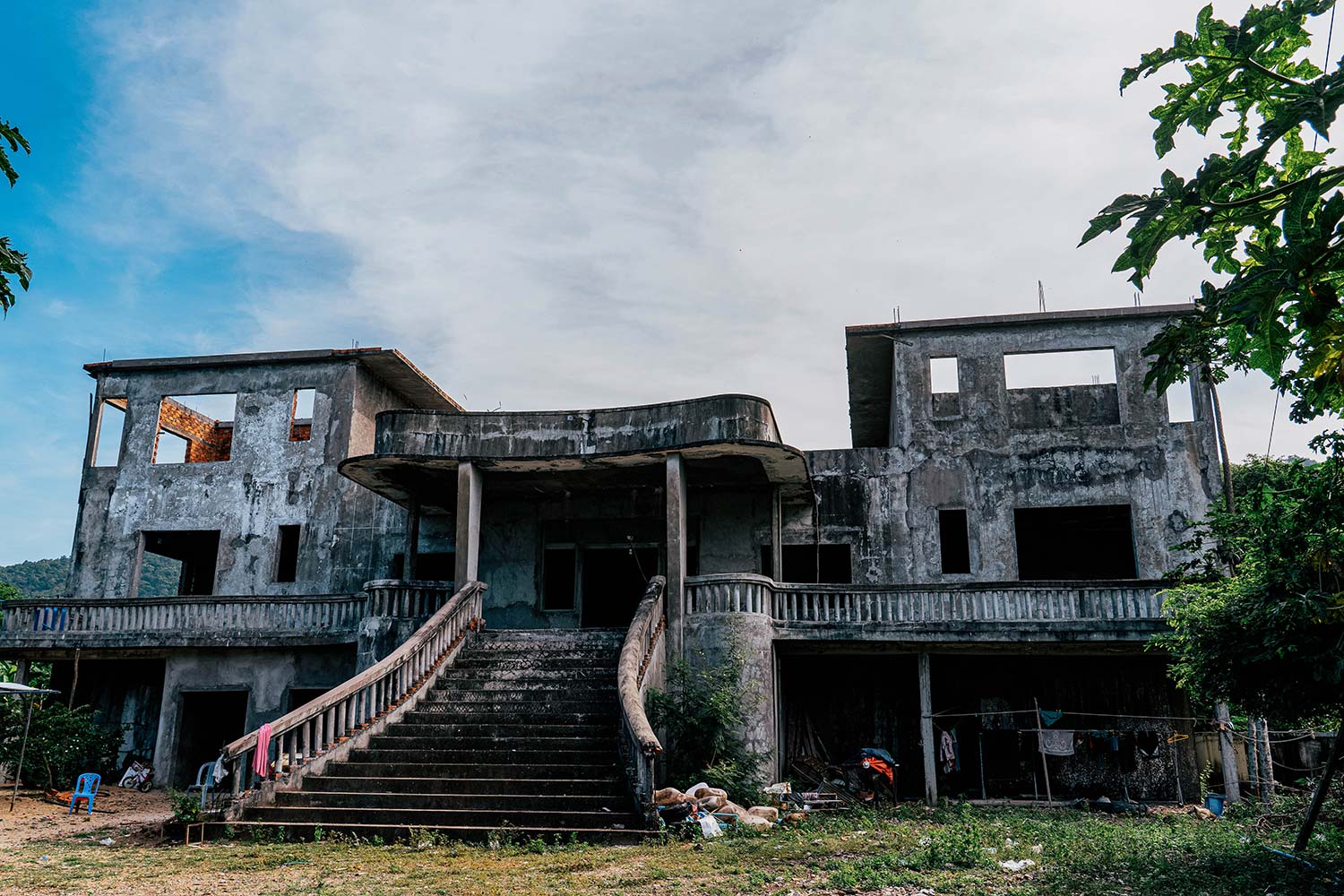
When he returned to Cambodia, King Sihanouk put him at the head of public works and named him State Architect. Molyvann’s blending of modern Western developments with Khmer traditions on numerous projects influenced a generation of new architects, many of whom found projects in Kep.
New Khmer Architecture is characterized by the same aesthetics as European modernism, with clean lines, raw geometry, and minimalism. It is adapted to the region by utilizing traditional Khmer architectural elements. Special attention was paid to allowing natural ventilation to cool the building. Like traditional houses, interior spaces are open and flowing. As in Western modernism supporting elements aren’t hidden, door and window frames and exposed stairs are utilized as part of the design.
Throughout the 1960s, life was swinging in Kep. But this was also the era of the American-Vietnam War, a conflict that Cambodia was inexorably sucked into. And the disastrous descent into conflict, which paved the way for the rise to power of the genocidal Khmer Rouge marked the beginning of the end for this fashionable seaside resort.
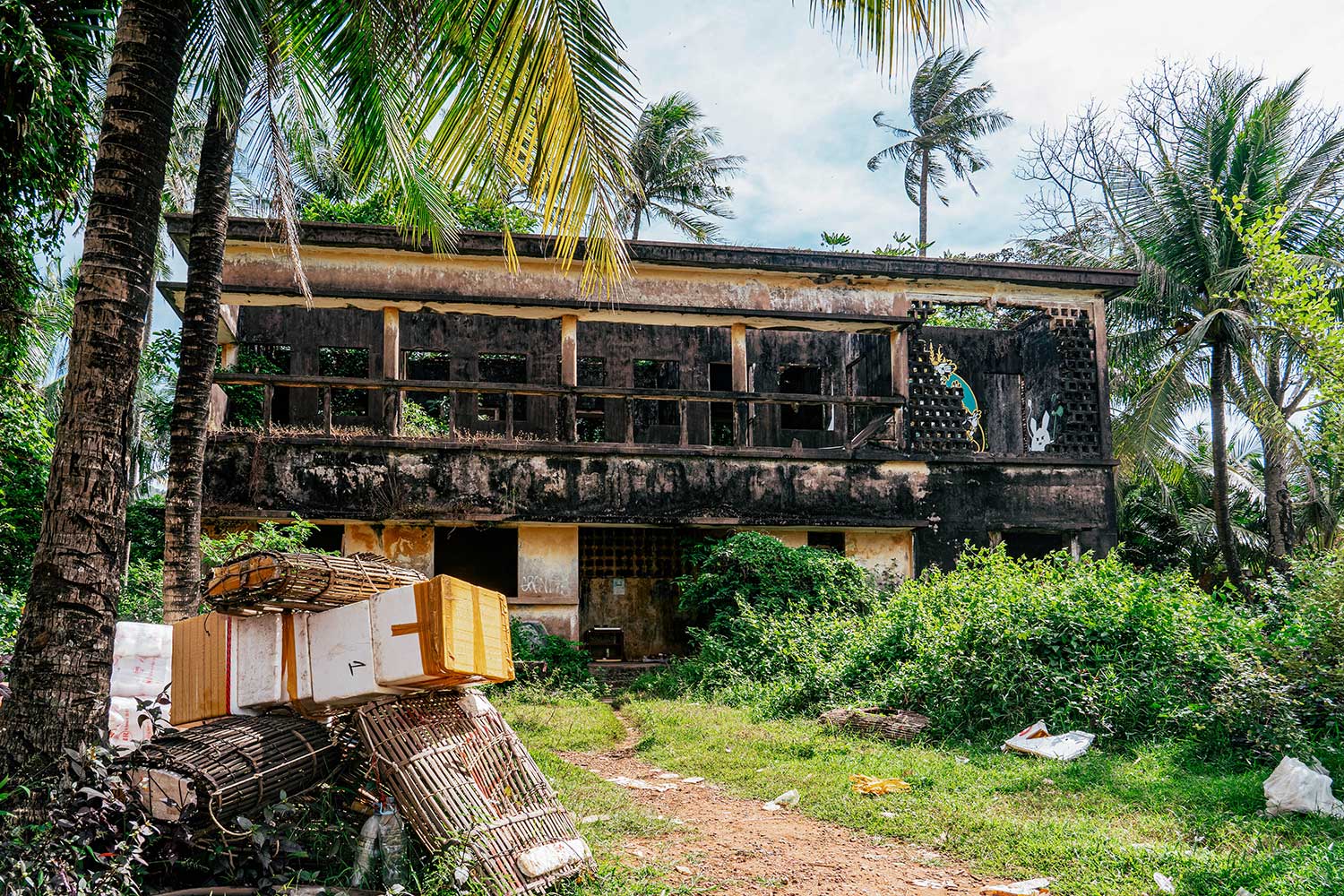
For the communists, decadent Kep must have been a particularly savory target. It stood for everything they despised. They were hard on those who remained in the town. They ransacked and damaged the buildings, along with the lavish villas when the town finally came under their control in 1975.
Although Kep was liberated by the Vietnamese in 1979, the area around the town remained one of the last strongholds of the Khmer Rouge right up until 1998.
Even into the late 1990’s locals warned against wandering around looking for the ghost villas due to possible unexploded bombs in the jungle and what I was told were armed bandits still living in some of them.
During the dark years of Khmer Rouge rule, there is little accounting of what happened to the modern villas in Kep. Some were taken by officials.
Others were used as fish hatcheries; many were destroyed and abandoned. Phnom Penh University Faculty of Architecture reported that 200 villas remained in 1997. That figure dropped to 157 in 2014. There may now be as few as 100. A few though have been brought back to life.
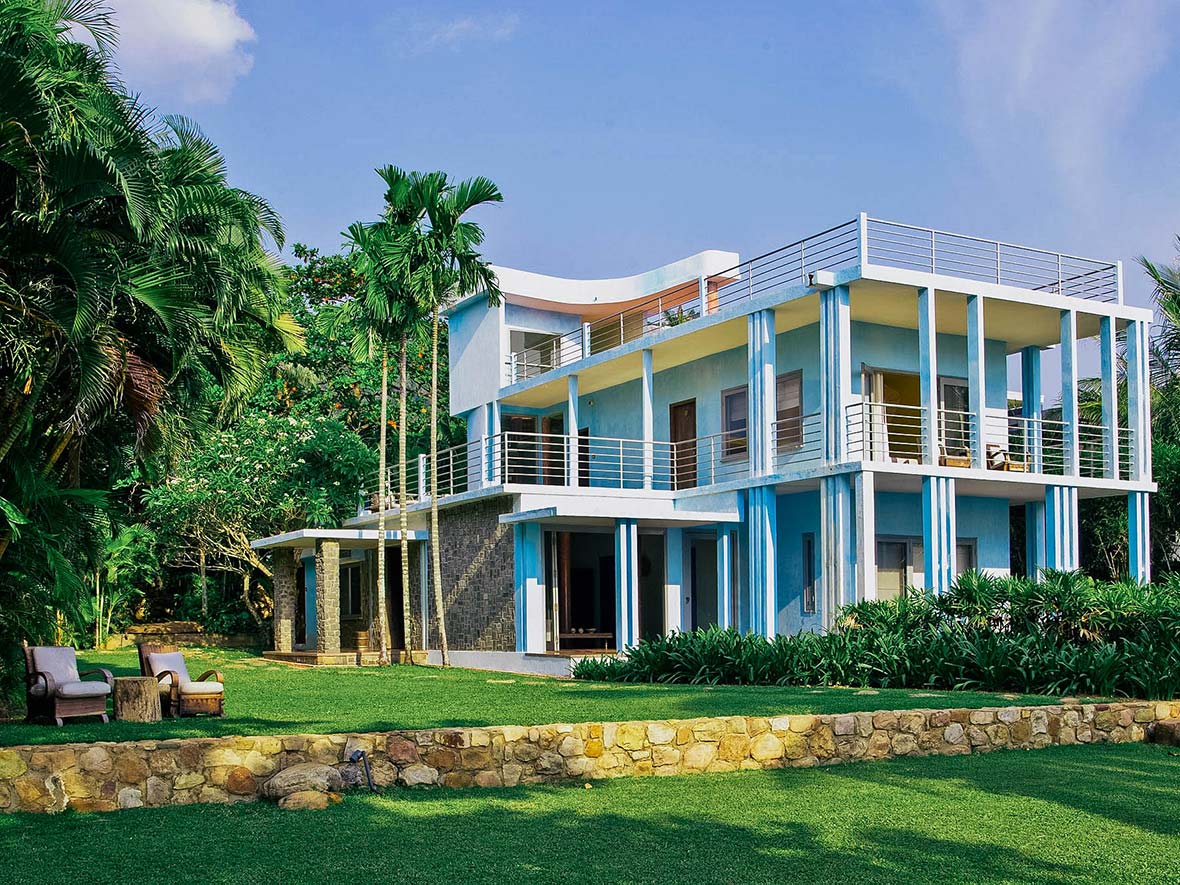
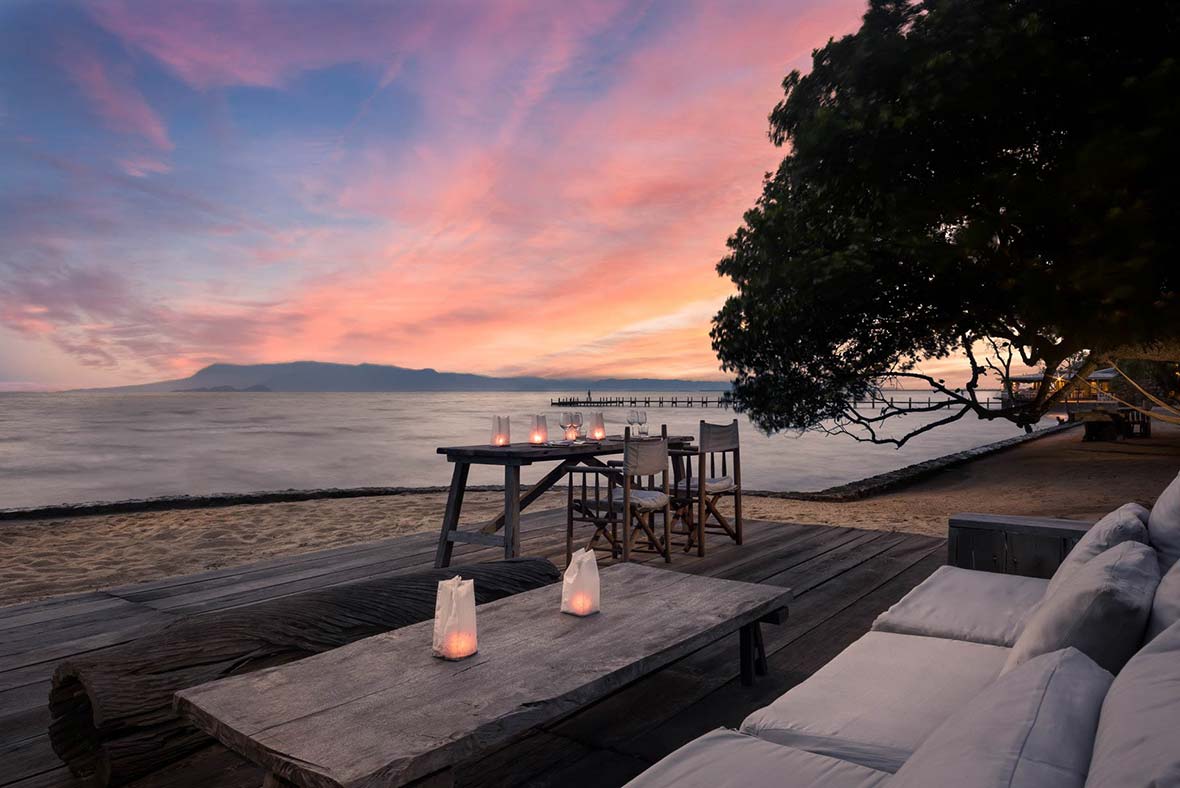
The prime example is Knai Bang Chatt, a boutique hotel that started life as three separate villas. The property is right on the sea, close to the sailing club (which belongs to the same owners) and a short walk from the crab market.
Knai Bang Chatt, is the keystone in a four-part development scheme to bring more tourists from home and abroad, boost the local economy, and improve the overall quality of living in the area. Nearby Rabbit Island, popular for snorkelers, is being considered for a major casino golf course project. In addition, there is a new port meant to handle as many as four hundred passenger ships as part of the Kep West development.
These developments and Kep’s growing popularity could mean that the remaining villas disappear as land increases in value. There are organizations actively working to restore, conserve or at least protect those that still exist as part of Cambodia’s recent history. Even UNESCO has conducted a study to see if the remaining ghost villas should be given World Heritage status.
For now, there are still villas to see for those who wish to poke around. A good tuk-tuk or moto dop rider can be invaluable in the search. A few villas abandoned and in various states of decay are still easily visible just off the roads. Others are riddled with bullet holes, graffitied and all but consumed by jungle creepers. They linger as reminders of a previous golden age for this seaside town.
